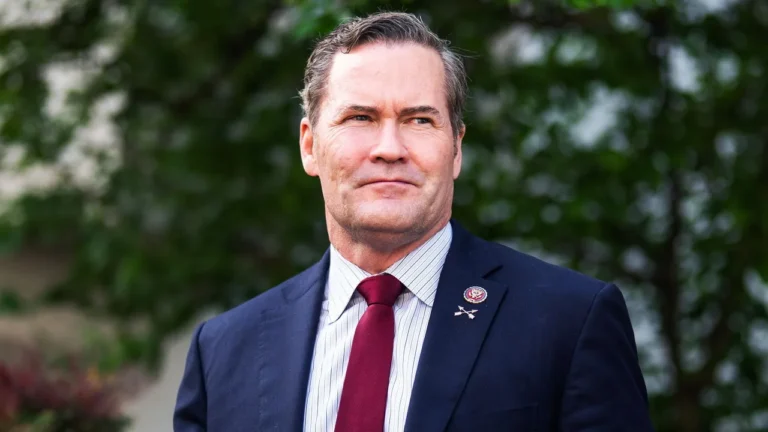Addressing the Controller Shortage
Elon Musk, leading the Department of Government Efficiency (DOGE), has issued a call to action for retired air traffic controllers to rejoin the workforce. In a recent post on X, he highlighted the “shortage of top notch air traffic controllers” and urged retirees to consider returning to service.

Elon Musk is seen after a meeting with Sen. John Thune, R-S.D., to discuss the Department of Government Efficiency at the U.S. Capitol in Washington, D.C., on Dec. 5, 2024. (Tom Williams/CQ-Roll Call Inc via / Getty Images)
Collaboration with Transportation Department
This appeal follows Transportation Secretary Sean Duffy’s initiative to engage Musk and SpaceX engineers in evaluating the Federal Aviation Administration (FAA). The agency has been facing staffing challenges, and Duffy is particularly concerned about its “outdated” internet and digital infrastructures. Vice President JD Vance echoed these sentiments, emphasizing the need to upgrade U.S. air traffic control systems.
Recent Aviation Incidents Highlight Urgency
The urgency of this initiative is underscored by recent aviation incidents. Notably, a tragic collision on January 29 between a U.S. Army Black Hawk and an American Airlines regional jet resulted in 67 fatalities. Both aircraft plunged into the Potomac River, marking the deadliest U.S. air disaster in over two decades. This event served as a “heartbreaking wake-up call” for necessary improvements, as Duffy expressed on X.
DOGE Team’s Commitment to Modernization
In response, Acting FAA Administrator Chris Rocheleau announced that the DOGE team plans to visit more FAA facilities, including the agency’s headquarters. These visits aim to assess and address the technological and staffing challenges currently plaguing the FAA. Duffy, after touring an FAA facility, was surprised to discover the use of “unreliable” internet servers and outdated technologies, such as floppy disks, within the agency.
The collaboration between DOGE and the Transportation Department signifies a concerted effort to enhance the safety and efficiency of U.S. air travel. By encouraging experienced controllers to return and by modernizing infrastructure, the initiative aims to address both immediate staffing shortages and long-term technological deficiencies.

